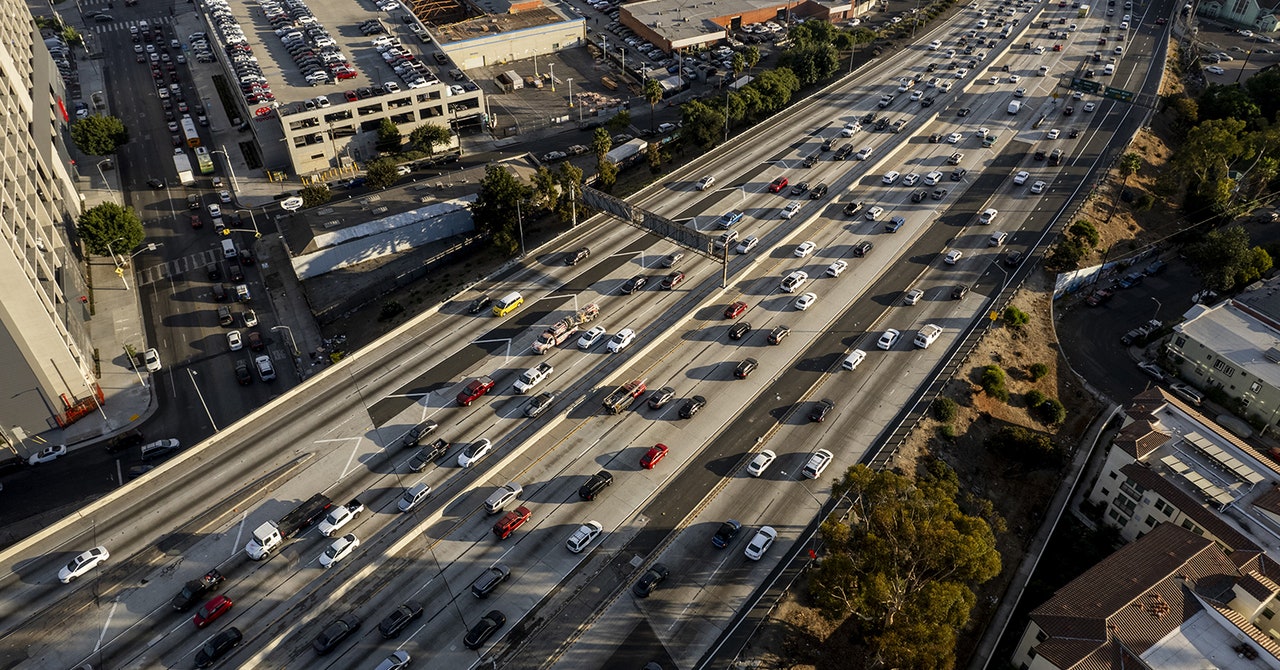No good deed goes unpunished – and that includes trying to slow climate change. By reducing greenhouse gas emissions, humanity will emit fewer planet-cooling aerosols – small pollutant particles that act like tiny umbrellas, reflecting some of the sun’s energy back into space.
“Even more important than this direct reflection effect is that they change the properties of clouds,” says Øivind Hodnebrog, a climate researcher at the Center for International Climate Research in Oslo, Norway. “Essentially, they make the clouds brighter and the clouds reflect sunlight back into space.”
So if governments regulate air quality better and deploy renewable energy and electric vehicles, we will see less warming because there are fewer insulating emissions going into the sky, but some additional warming because we have lost some of the reflective pollution. Hodnebrog’s new research suggests that this aerosol effect has already contributed to a significant amount of warming.
The main component of fossil fuel pollution is gaseous sulfur dioxide, which forms aerosols in the atmosphere that last only a few days. So unlike carbon dioxide, which remains in the atmosphere for centuries, reducing pollution has an almost immediate impact.
It is a difficult, unavoidable dilemma, but by no means a reason to continue willfully polluting the environment. Fossil fuel aerosols kill millions of people every year by contributing to respiratory disease, cardiovascular disease and other health problems. So by decarbonizing we improve both the health of our planet and people. The urgency is growing by the day: last year was by far the hottest on record, and this March marked the tenth consecutive month of all-time highs. Meanwhile, ocean temperatures – boosted by El Niño, the band of warm water that regularly forms in the Pacific and also warms the atmosphere – have risen to record highs and held them for more than a year, baffling scientists.
“The preponderance of these records and the margin by which they were broken was telling,” says Jennifer Francis, senior scientist at the Woodwell Climate Research Center in Massachusetts. “Unless society succeeds in stopping the expansion of the greenhouse cover, record-breaking events like those in 2023 will become more common, even without the boost from El Niño.”
The slowing of the growth of this insulation blanket is already underway. “We appear to be reducing greenhouse gas emissions, which is a good thing,” says Zeke Hausfather, a researcher at Berkeley Earth. “But we are also detecting some warming that had hidden our pollution in the past. And that’s why our models expected – and we seem to be starting to see – signs of an acceleration in surface warming.” This is called acceleration in climate science. Hausfather points to data showing that the rate of warming has been 0.18 degrees Celsius per decade since 1970 and has increased to about 0.3 degrees Celsius per decade over the past 15 years.
In his new article published in the magazine Communication earth and environmentHodnebrog and his colleagues set out to quantify the influence of aerosols on containment. First, between 2001 and 2019, they collected measurements from Earth’s clouds and radiant energy system, satellite instruments that detect the difference between the solar energy incident on our planet and the energy reflected back into space. This is the Earth’s general “energy imbalance,” which tends to increase as the world warms.
